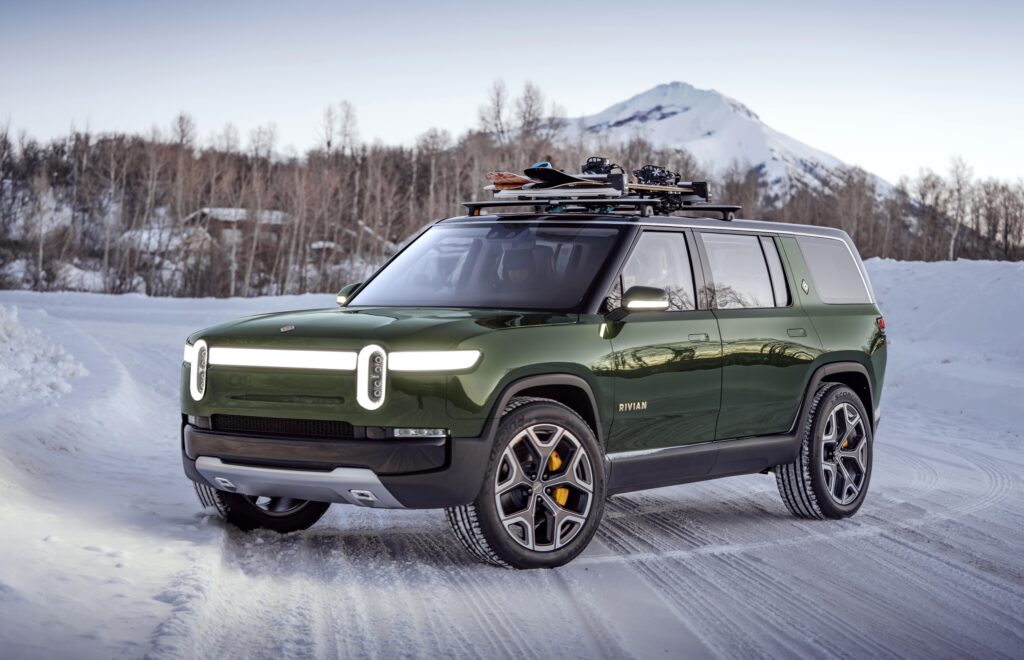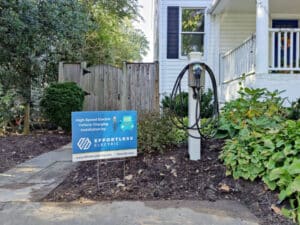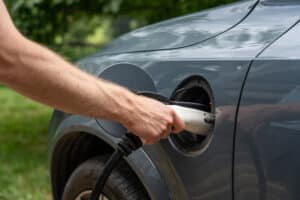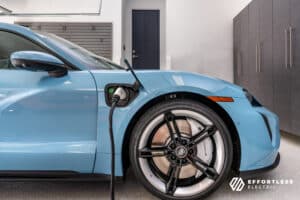As the weather continues to grow colder with slippery conditions on the way, there are a few things you’ll want to know to make sure you stay safe and maximize your plug-in’s performance.
Note: Always consult your vehicles operating manual and manufacturers recommendations before making changes to your vehicle and settings.
Regenerative Braking
If you’ve grown accustomed to single pedal driving also known as regenerative braking (regen), you’ll need to get ready to use the brake pedal again. In normal conditions, regenerative braking works by converting the kinetic energy of the car into chemical energy stored in the car’s battery.
However this feature should be turned off in slippery winter conditions as it can lead to dangerous unexpected handling characteristics. With regen turned on, as you lift off the gas pedal, the electric motor applies a brake-like force to the wheels, which on slick roads could cause an unexpected loss of grip reducing the tires ability to steer, sliding you into a dangerous situation.
It should also be noted that on vehicle startup and in extremely cold conditions, EV batteries do not charge quickly so they cannot accept the power from regen. Consequently, you may notice the car may either reduce regen or turn it off completely. As the car and battery warm up, regen will reactivate to its full capacity. To prevent the unpredictability of regen features, it’s recommended to turn off regen for safe winter condition driving. (Remember to turn this back on in the spring as the energy savings can be significant!)
Battery
Cold temperatures can slow charging as well as reduce vehicle range until the battery has returned to its ideal temperature range. When the battery is at its coldest, it is known as “cold soaking”. To operate normally, the battery must be within an ideal temperature range, typically between 40 and 115°F. If the battery’s internal temperature drops below 40°F, some functionality may be temporarily reduced.
So how does this impact use of your car?
You should expect to lose a fairly significant amount of range until the battery warms up. There’s no way to put an exact number on this, but losses in the 10-30% range are common. If the battery is cold soaked, the car may even notify you that a portion of the battery’s charge is unavailable for use. As the battery warms up, this portion of the battery will become active again. Parking in warmer areas like garages, remote starting your climate control system before departing, or using smart charger timing features to complete your charge just before your planned departure can minimize cold soaked battery characteristics.
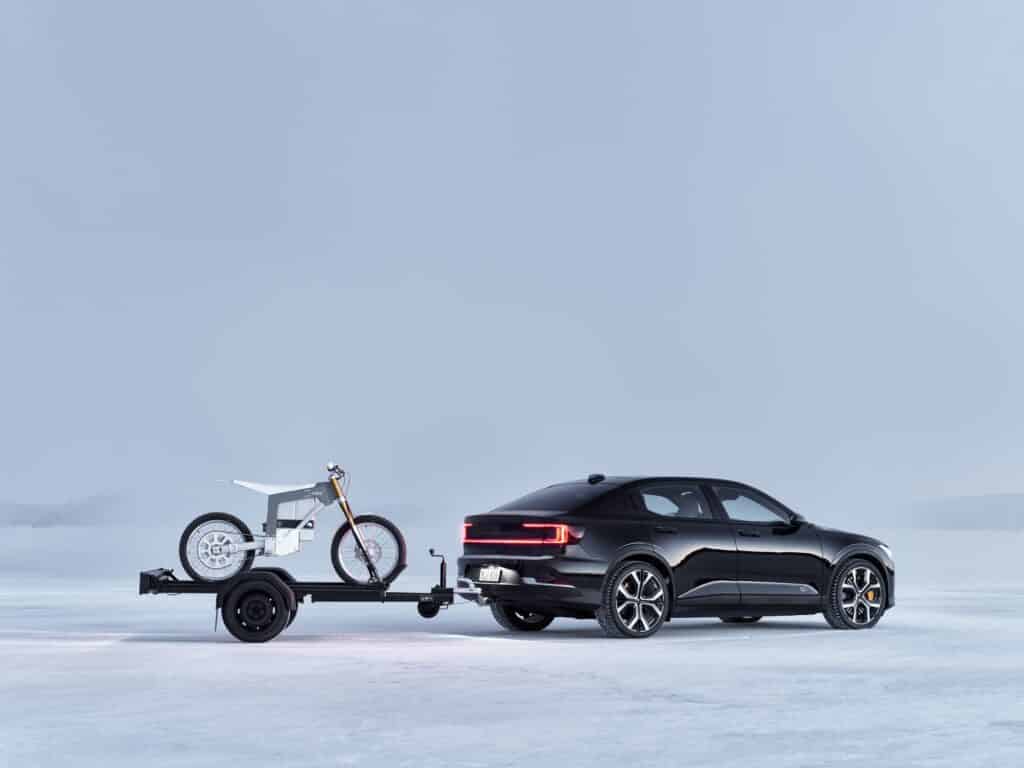
Charging
Charging is a great way to prevent your battery from getting too cold. You may have noticed your phone or laptop gets warmer when charging, the same is true for your EV battery. You can use this to your advantage in the winter months by timing your charging so your battery finishes charging close to the time you will need your car. This will ensure your battery is still warm when you begin driving, enabling full functionality and maximum range. Furthermore, in many cars you can set your climate control to turn on before your anticipated departure. This also helps heat the battery and, if your car is still connected to the charger, will draw power directly from the power grid rather than the battery.
Level 3 DC Fast charging may charge at reduced speeds in cold conditions until the battery reaches it’s ideal temperature. Some cars, like the Porsche Taycan and Audi E-Tron have features to preheat the battery and prepare it for charging. This is important to keep in mind because typically when using a DC fast charger you want your car to charge as quickly as possible.
Planning ahead can help you avoid these slowdowns. For example, if you’re staying somewhere overnight without charging, plan to charge at the closest Level 3 charger before arriving, when the battery is still warm from use. This saves you from heading out in the morning only to plug in your car to find charging speeds significantly reduced.
General Tips
While the tips above are EV specific, general tips for winter driving still apply. Many cars including electric vehicles come with summer tires as standard. It’s highly recommended to check what’s on your car as summer tires can be extremely dangerous in temperatures under 40 degrees fahrenheit, even if the roads are dry! All season tires and winter specific tires use a different rubber compound that doesn’t stiffen up as much in cold temperatures, and a tread pattern is also optimized to minimize snow buildup allowing for better grip and traction. New tires can be expensive, but when you need them they can literally be a lifesaver. Keep your summer tires in your garage for enjoying twisty backroad adventures!
Consider disabling your car’s mirror auto folding feature if possible. If these ice up and jam, the motors may break when trying to open or close.
If you’re concerned about your windows sticking to their seals, silicone spray on the seals ensures they keep running smoothly.
Finally, don’t forget to take advantage of remote start if your car offers it. Arriving to a preheated car without a frozen windshield is a luxury you don’t want to miss. Always remember, you should never preheat an internal combustion engine vehicle in a closed garage!
Safe driving and happy holidays from the team at Effortless Electric.

